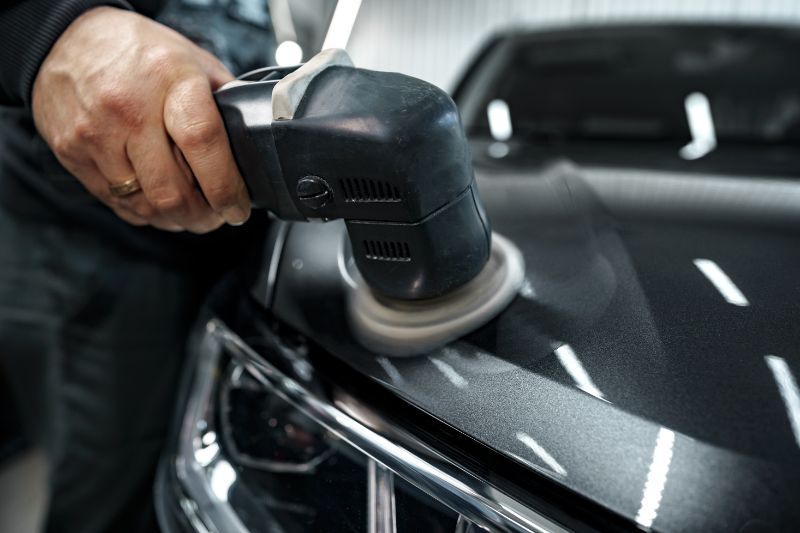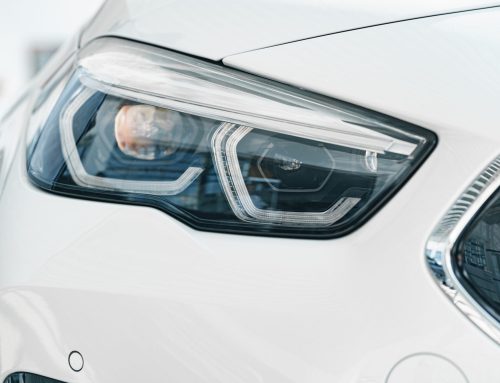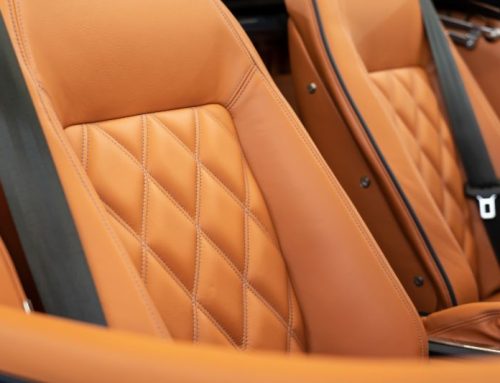There are a number of considerations when deciding whether or not to machine polish your car outdoors. Exposure to heat and sunlight may cause the polish to dry on the surface, and may make it more difficult to spread the polish evenly. Furthermore, heat may make the clear coat less malleable and harder to cut, which may hinder the process.
Compounding stage makes the polishing stage easier
A proper compounding stage is crucial to a good finish. This step will reduce the time and effort required to polish the surface. You should use the proper compound for the surface type and size. When applying compound to large areas, make sure to stretch it out evenly and break up the surface before applying it to smaller areas.
The compounding stage is often a multi-stage process. First, heavier compounds will remove the surface material, while finer products will refine the finish and remove any marks left behind. A paint depth gauge is often used during this process to ensure proper polishing.
Using a rotary polisher
Using a rotary polisher to polish a car outside requires some practice. This task can be both straightforward and difficult, depending on the machine. The machines vary in speed, so it’s important to understand how to use yours and what to watch out for. Below are some specifications for rotary polishers to help you have a more productive machine polishing experience.
First of all, you should decontaminate your car’s paint. A rotary polisher can swirl contaminants around the paint, creating swirl marks. For this reason, it’s important to use a decontaminant before starting a polishing job outside. This will prevent your vehicle from picking up dust from the environment, which can cause swirl marks.
Using a dual-action polisher
A dual-action car polisher is a powerful tool that is used to polish automotive paint. This tool has a spinning head that uses a unique orbital action to apply wax and polish to the car. These tools are user-friendly and produce less heat than rotary polishers. This means that they are not harmful to the paint finish. On the other hand, rotary polishers are best suited for professional use and are more effective at removing deep scratches and oxidation from a car’s surface. Although rotary polishers generate more heat than dual action polishers, they are still a great choice for serious scratch removal and polishing.
To use a dual-action polisher correctly, you should make sure that the car’s paint is clean and free from dust, grit, or other particles. Then, you should choose a pad made of soft buff material. This type of pad is suitable for polishing dark paint and will help you avoid buffer swirls. These pads are usually black in color.
Using a masking tape
Using a masking tape is a great way to protect your paintwork while machine polishing a car outside. There are two types of masking tape, one for glass and another for painted surfaces. The blue type has a high-performance formula and is resistant to water and solvents. It also leaves no residue behind.
You should also use a masking tape to protect sensitive areas of your car. This includes rubber seals around the doors, grills, headlights, and rear emblems. Using the masking tape will prevent any unwanted product from transferring to these areas.
Common mistakes in machine polishing
One of the most common mistakes in machine polishing a car is trying to tackle too big an area at once, or finishing too quickly. Both of these mistakes can ruin the finish of your paint job. Fortunately, there are a few simple tips that will help you avoid them. Listed below are some tips to make machine polishing easier.
First of all, clean your car before you start. The last thing you want is to get scratches in your paintwork. The best way to do this is by cleaning it thoroughly with good automotive cleaning products. Then, dry it off with a clean washcloth. While cheap polishes can look tempting, avoid these and stick to high-quality products that will give you the best results.
How often to machine polish a car
It is important to pre-wash the car to remove any dust or grime. This will also help to ensure that the polish doesn’t dry out on the surface. You should also flush out any panel gaps before polishing. It is also beneficial to use a snow foam pre-wash for extra grime-lifting power. A two-bucket wash method is also a good idea.
When you machine polish a car outside, it is important to remember that tap water contains minerals and impurities that can cause water spots. If you aren’t careful, water can cause serious damage to your paintwork, so you should always make sure your car is completely dry before polishing it. Water spots can also be caused by a variety of materials that eat away at the lacquer layer. However, machine polishing can safely address the problems of water spots and etching.




